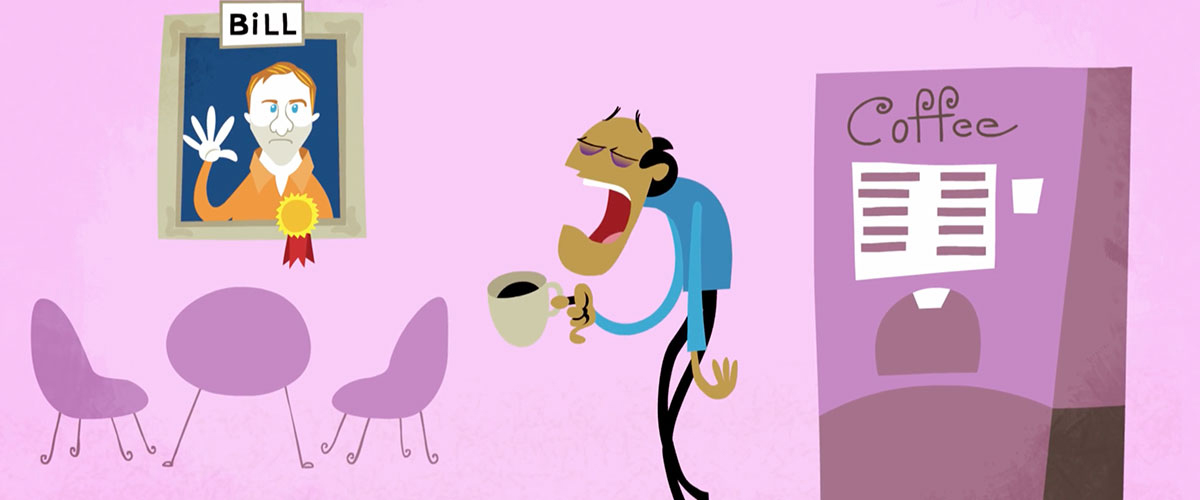Hey, remember that one Volkswagen commercial with the kid dressed as Darth Vader? How about that Old Spice commercial where the spokesman is flying through different scenes? What about the “Where’s the beef” campaign by Wendy’s? I guarantee you remember every one of those commercials. Okay, now how about that one commercial about the happy family and … err … the drug that made them feel that way about sunshine … and … umm. Yeah that one. No? Why is that? There’s nothing overtly humorous about those drug commercials, thus leaving them less memorable than any of the funny ads we’ve seen on TV.
So, what do funny commercials have to do with employee communications? Quite a bit, actually. Advertisers are doing everything they can to cut through the constant barrage of information consumers are being faced with every day to find some piece of that precious real estate in their memory. One thing we often forget is that those consumers are also your employees.
Every day your employees are giving their attention and being entertained by these incredibly funny commercials, clips and TV shows. They send these ads and YouTube videos to each other and joke about them with their colleagues at work — your other employees — for weeks! And then you send a drab, boring memo or other communication down the pipeline and expect them to engage with it, remember it and internalize it. How can your employees believe in and resonate with your core values when they’re being expressed with the same corporate robot jargon? They are humans after all.
When talking to employees, aim to entertain
To grab employees’ attention, look for ways to infuse entertainment and humor into your organization’s communication. Take our work with Avery Dennison for example. We created a humorous and engaging series of videos and tools to communicate the values and ethics of the company to its employees. The goal was to take otherwise boring legalese and put a humorous spin on it to get managers talking about it with their employees. The response? Extremely positive! This was something that had never been done before at this company, and it has been a highly successful way to engage employees.
This program with Avery Dennison is just one example of humor at work. To help clients connect with employees in any project, we rely on our DEEP communication™ framework. Applying principles of behavior design and neuroscience, we create communications that are disruptive, entertaining, emotive and purposeful. We promote conversations with employees in their own language that encourage them to engage deeper with their organization’s brand, leaders and fellow employees. Infusing a spirit of fun and humor helps us capture attention, and when we pair it with purposeful messaging, we’re able to mobilize employees.
Let humor bring serious results
For those of you still skeptical about the effectiveness of using comedy to get results, here’s a figure: When the wacky Old Spice campaign started in 2010, according to an article by Esquire, “Old Spice sales spiked 27 percent in six months.”
Imagine a 27-percent increase being applied to your employee productivity and engagement, to your acquisition and retention of top talent and, effectively, to your bottom line. Nothing funny about that!
